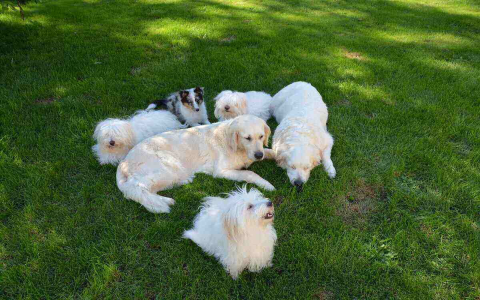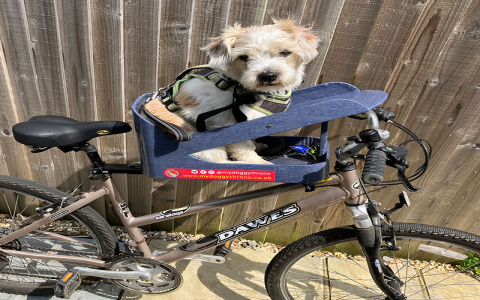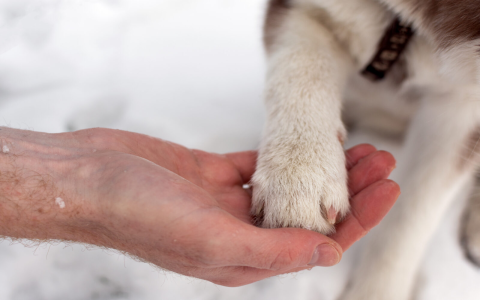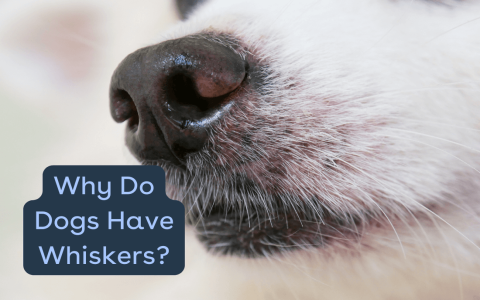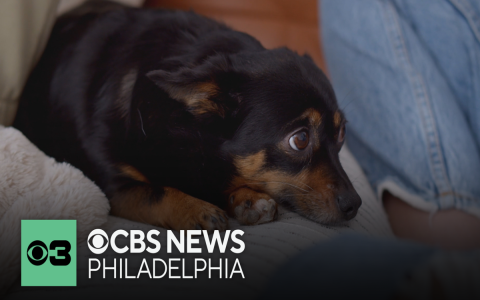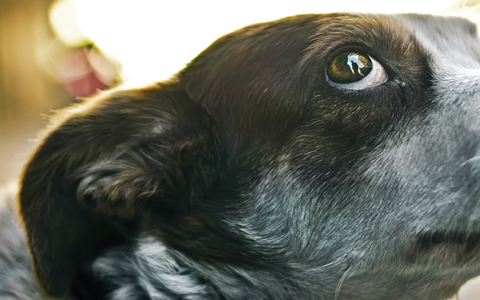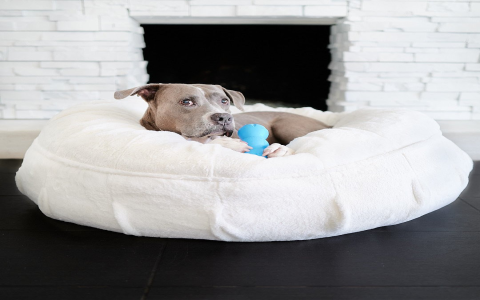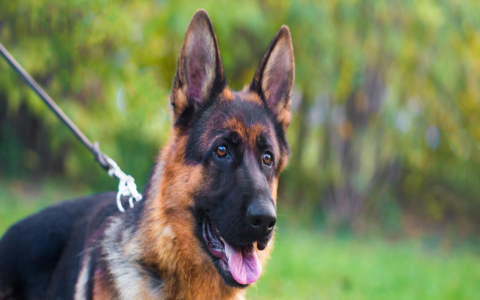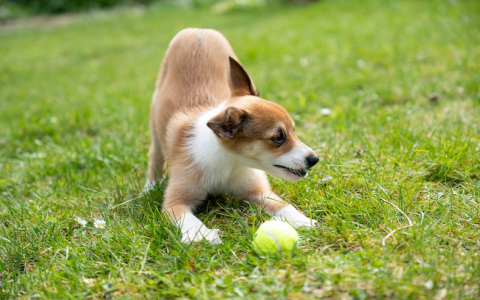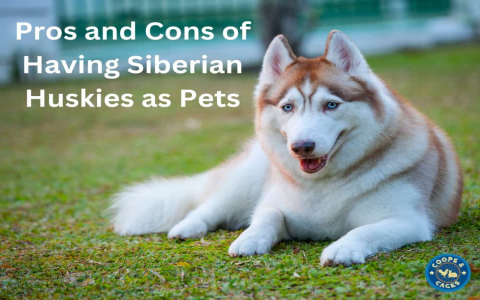Need a safe lawn for your allergic pet? Explore the benefits of hypoallergenic grass for dogs today.
Okay, let's talk about this hypoallergenic grass thing for dogs. It all started because my furry buddy, Buster, was having a rough time. Every spring and summer, like clockwork, he'd get super itchy. Red paws, scratching his belly raw... it was miserable to watch.

We went through the usual vet trips, tried different foods, allergy shots, the whole nine yards. Some things helped a bit, but the moment he spent any real time rolling around in the backyard, the itching came back fierce. That got me thinking it had to be the grass itself. Regular lawn grass seemed to be the big trigger.
Figuring Out What To Do
So, I started looking into alternatives. What kind of ground cover could we use that wouldn't set off his allergies? The term "hypoallergenic grass" popped up. Honestly, it sounded a bit like marketing fluff at first. I dug around, read experiences from other dog owners, and basically found two main paths: specific types of real grass seed known to produce less pollen, or going full artificial turf.
I thought hard about the seed mixes. Some types like certain Fescues or Bermuda grass varieties were mentioned. The idea was appealing because it's still real grass. But, I worried it wouldn't be enough of a change to really help Buster, and it still needed mowing, watering, you know, regular lawn care which I wasn't thrilled about.
Then there was the artificial turf option. This seemed like the more definite solution allergy-wise. No pollen, period. Plus, the idea of no mowing and less mud tracked into the house was pretty tempting, I won't lie.
Taking the Plunge: Artificial Turf
I decided to go with the artificial stuff. It felt like the bigger leap, but potentially the biggest relief for Buster. First step was the demo job. Ripping out the old lawn was back-breaking work. Had to get rid of all the old grass and roots, then level the ground properly.
Next came the base layer. I put down a few inches of crushed rock, tamped it down real solid, then added a layer of sand on top for drainage and cushioning. Also laid down a weed barrier fabric – didn't want pesky weeds poking through my expensive new "grass". This prep work took a whole weekend, easily.
Finally, rolling out the artificial turf itself. That stuff is heavy! We got a big roll, and maneuvering it into place, cutting it to fit the yard's shape, and making sure the seams (where two pieces met) weren't obvious took some real effort. We used long staples, like giant U-shaped nails, hammered deep into the base layer all around the edges and along the seams to keep it secure.
The Result and Buster's Take
So, what happened? Well, Buster was confused at first. He sniffed every inch of it, probably wondering where his familiar smells went. He seemed hesitant to pee on it initially, but he got the hang of it pretty quickly.
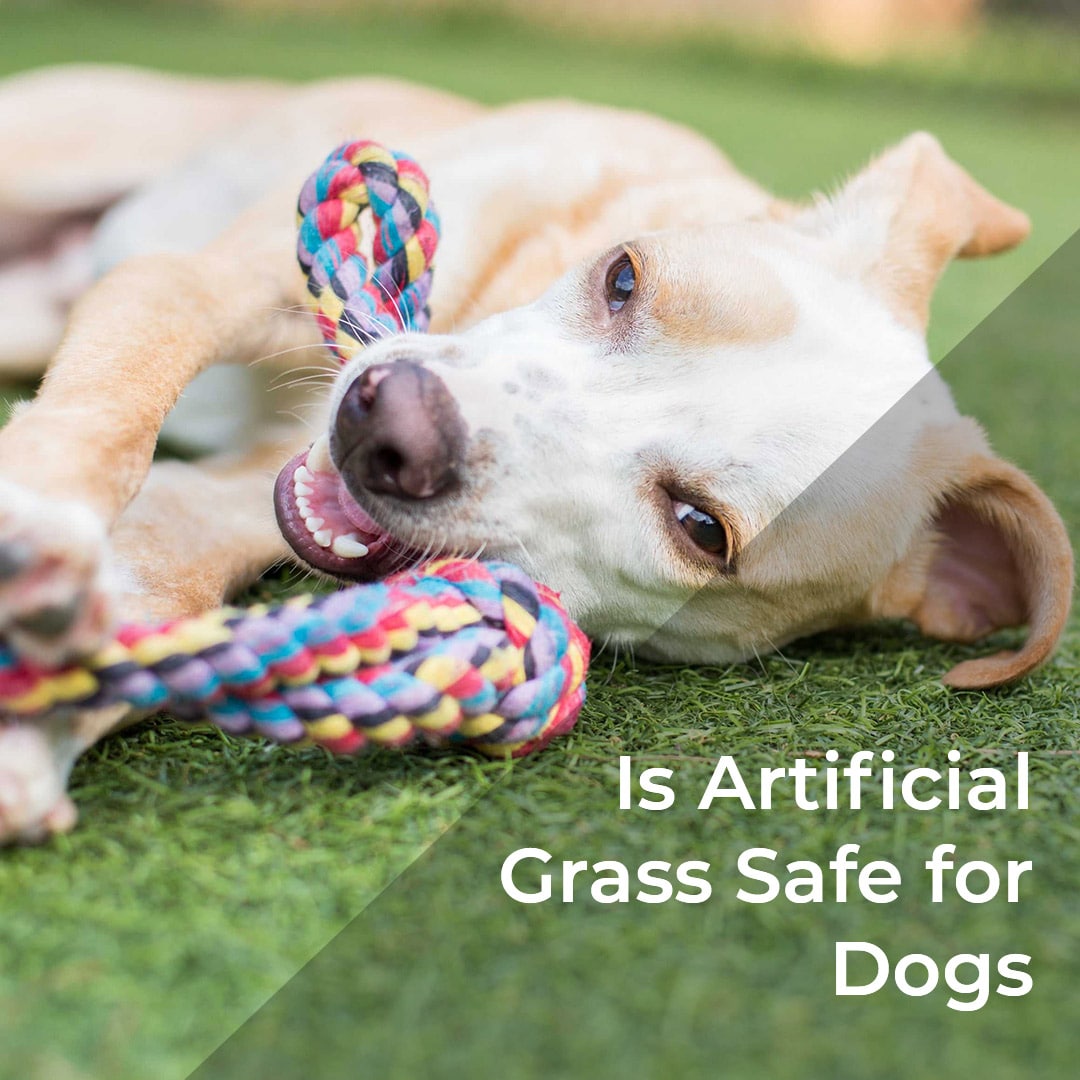
The big win? His itching drastically reduced. Seriously, the difference was night and day. No more frantic scratching after coming inside. His paws cleared up, his belly wasn't constantly red. It was amazing to see him comfortable in his own yard again.
Maintenance is different now. No mowing, obviously. But it does need cleaning. I hose it down regularly to wash away dust and, well, dog pee. If there's a number two, you scoop it just like regular grass, but then I often give that spot an extra rinse or use a pet-safe turf cleaner to keep things fresh. It can also get pretty hot under direct sun, so on really scorching days, we limit his time out there or hose it down to cool it off first.
It wasn't cheap, and the installation was hard work, but seeing the improvement in Buster's health and comfort? Totally worth it for us. If your dog suffers from grass allergies, looking into lower-pollen real grass or even artificial turf is definitely something I'd recommend based on my experience.
